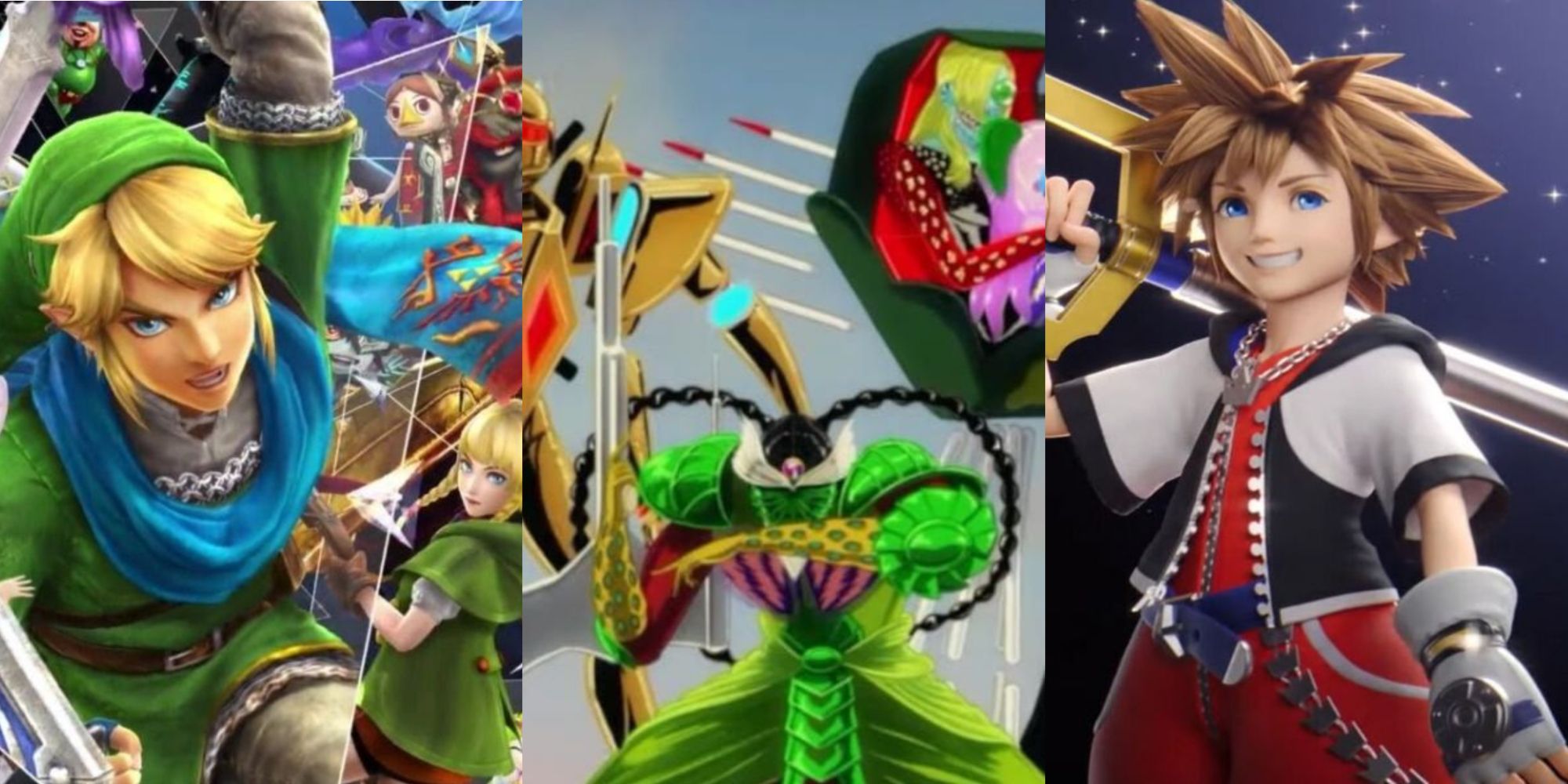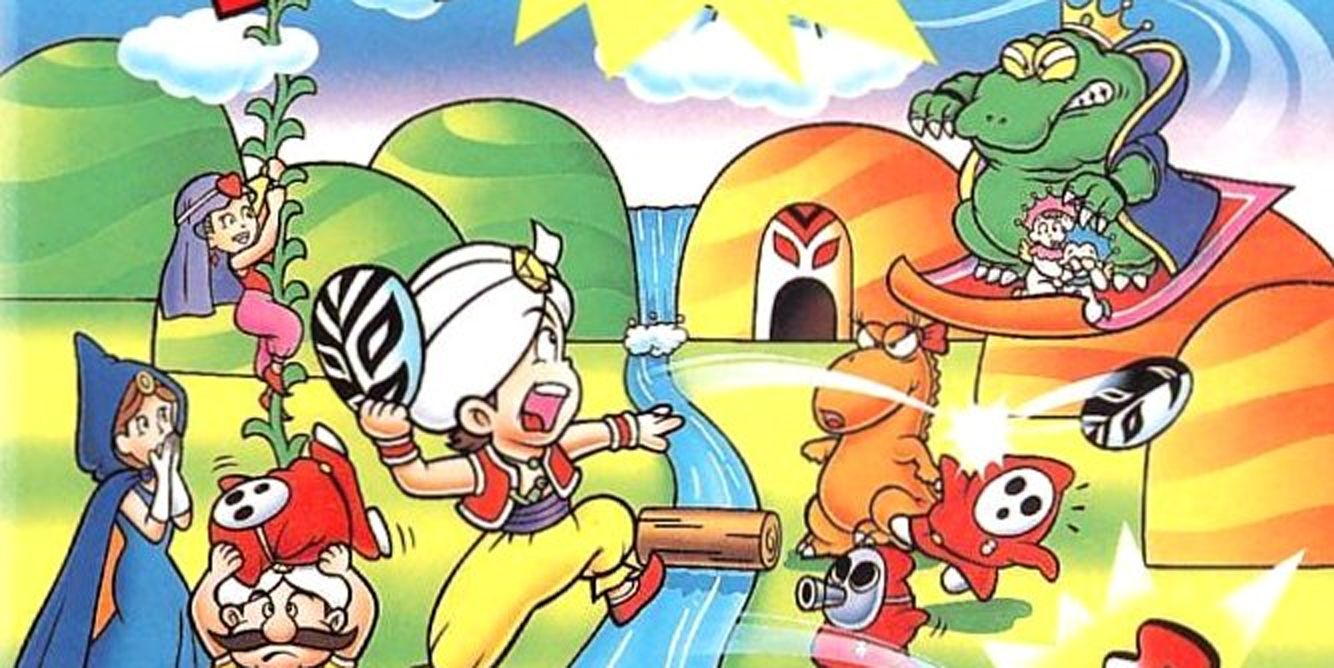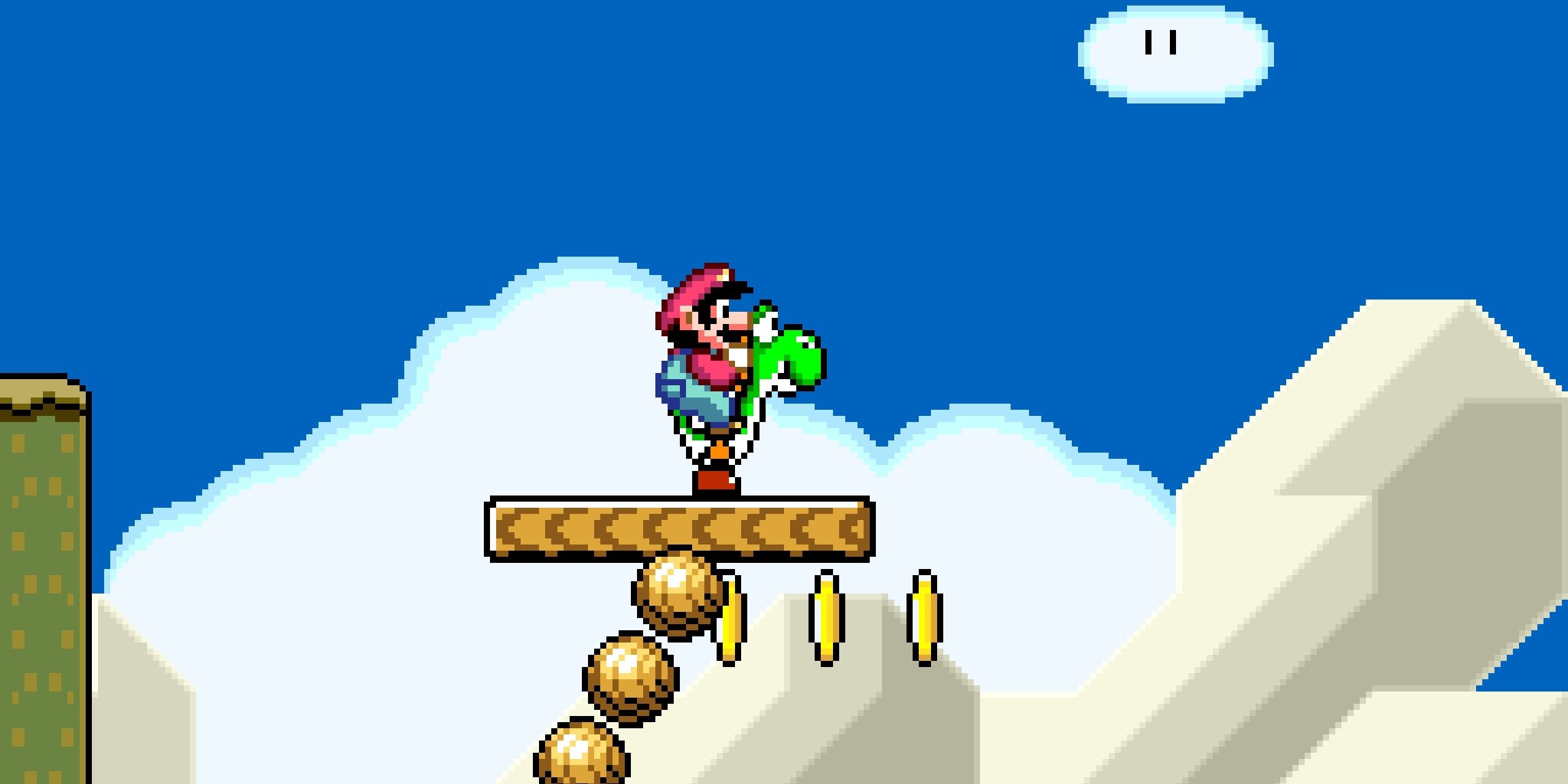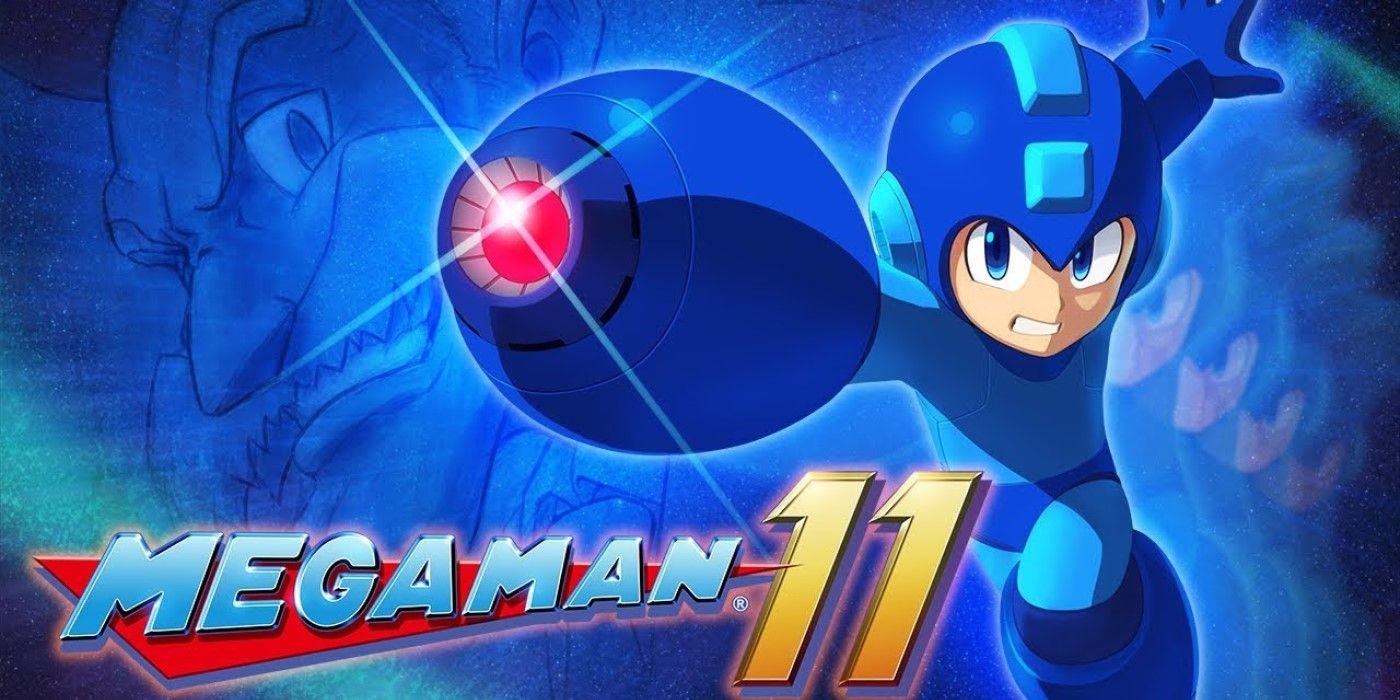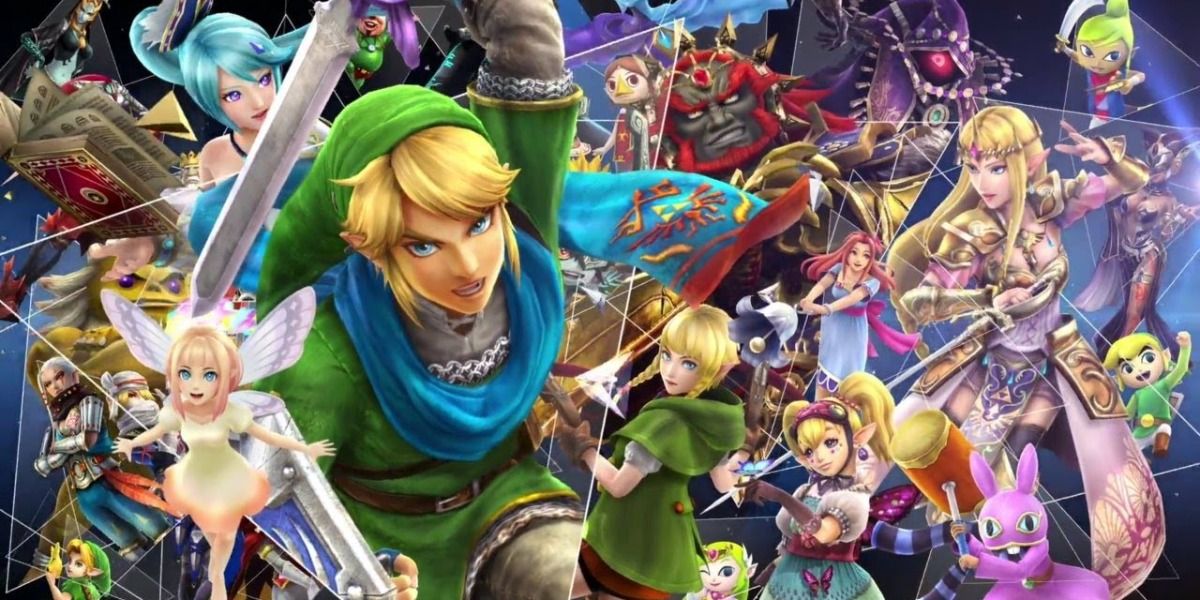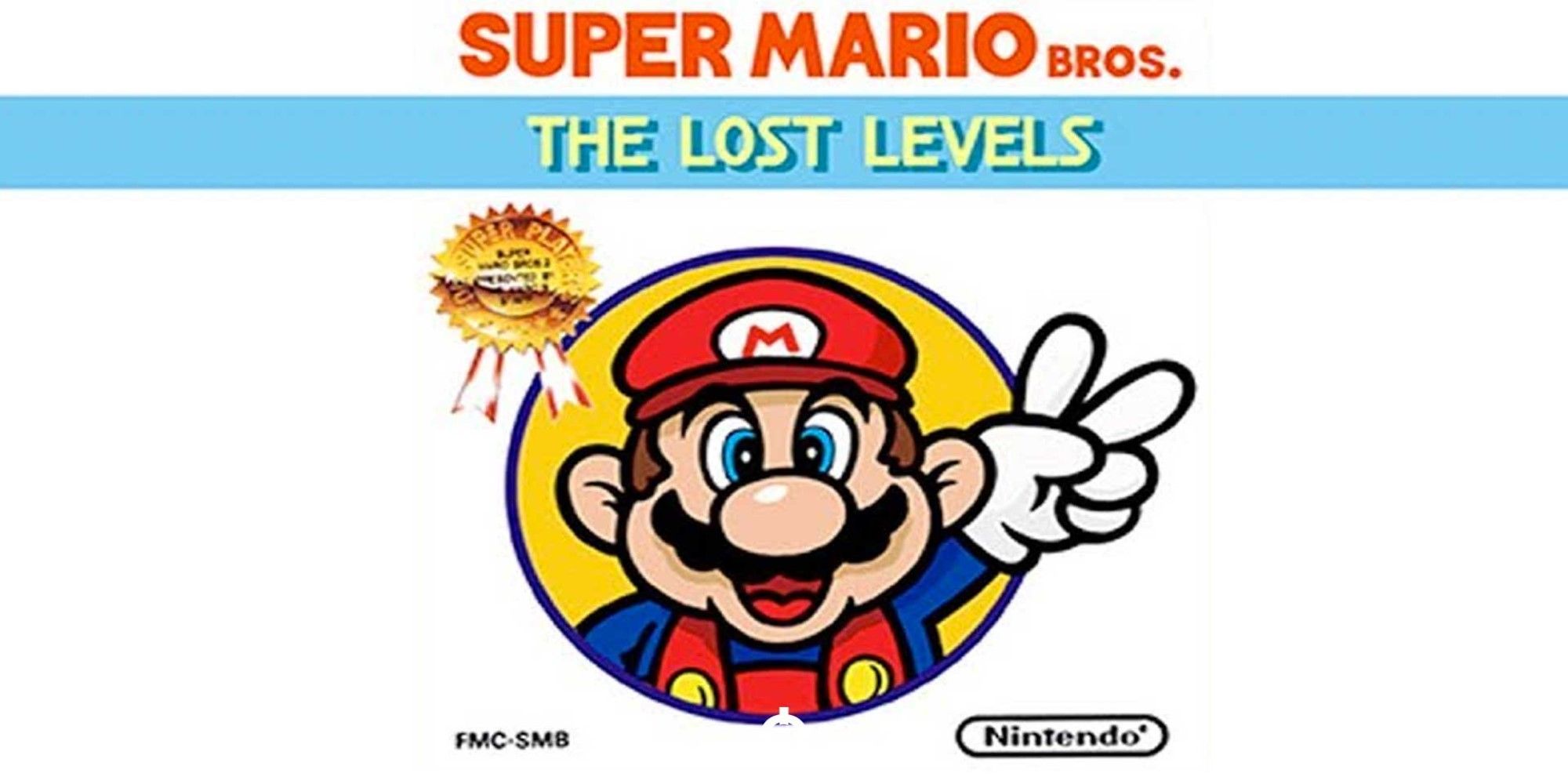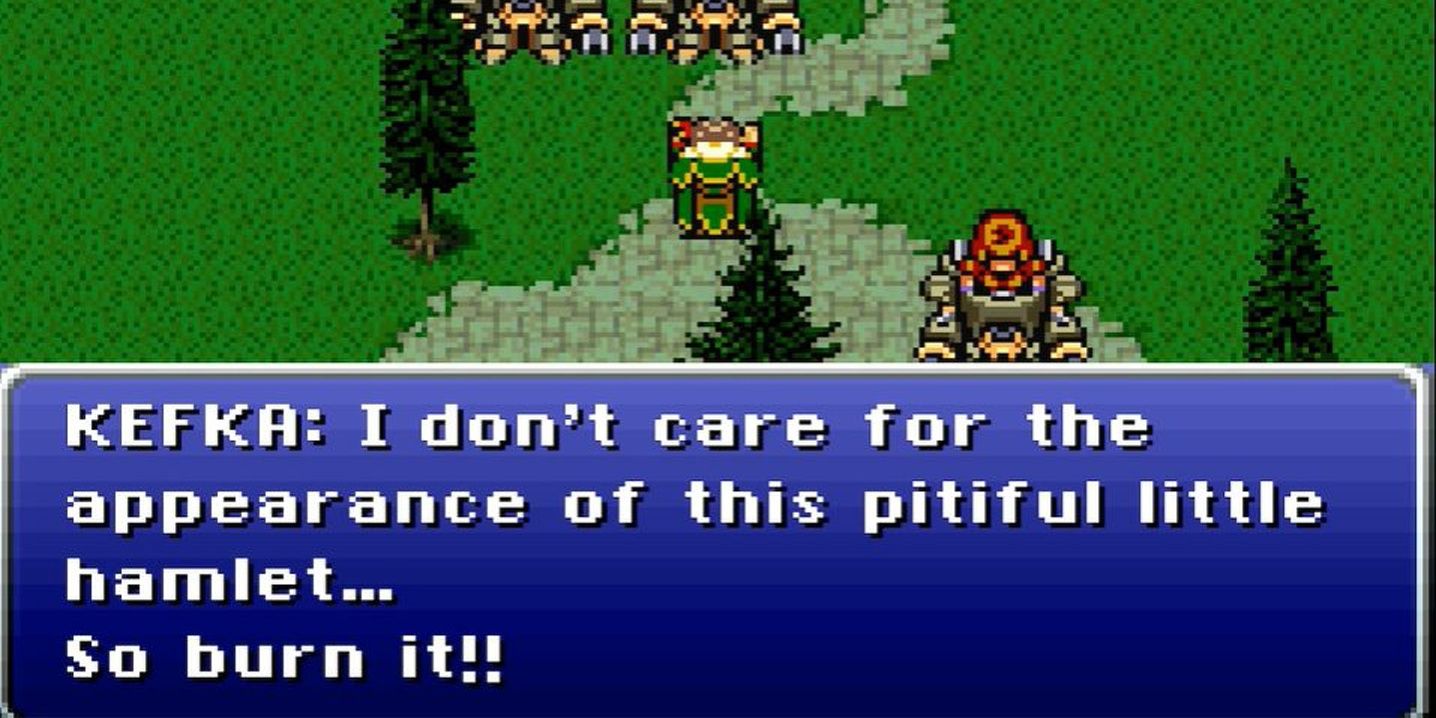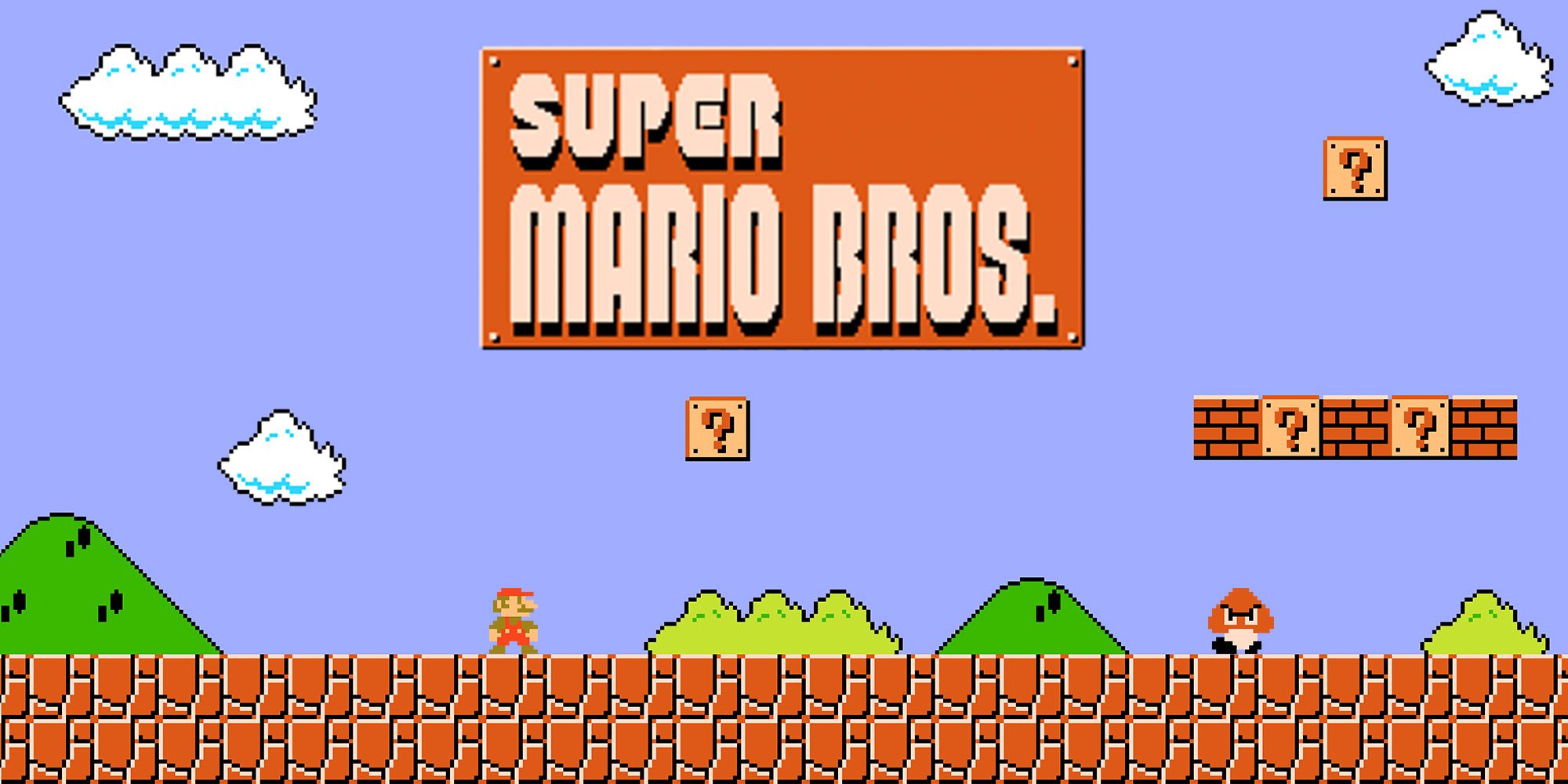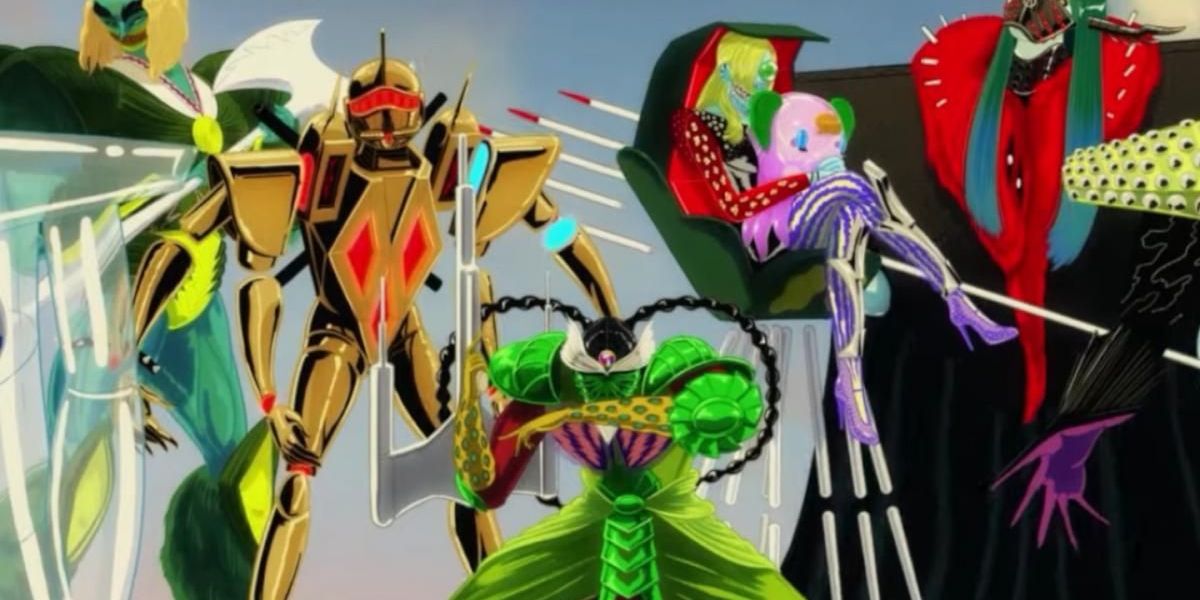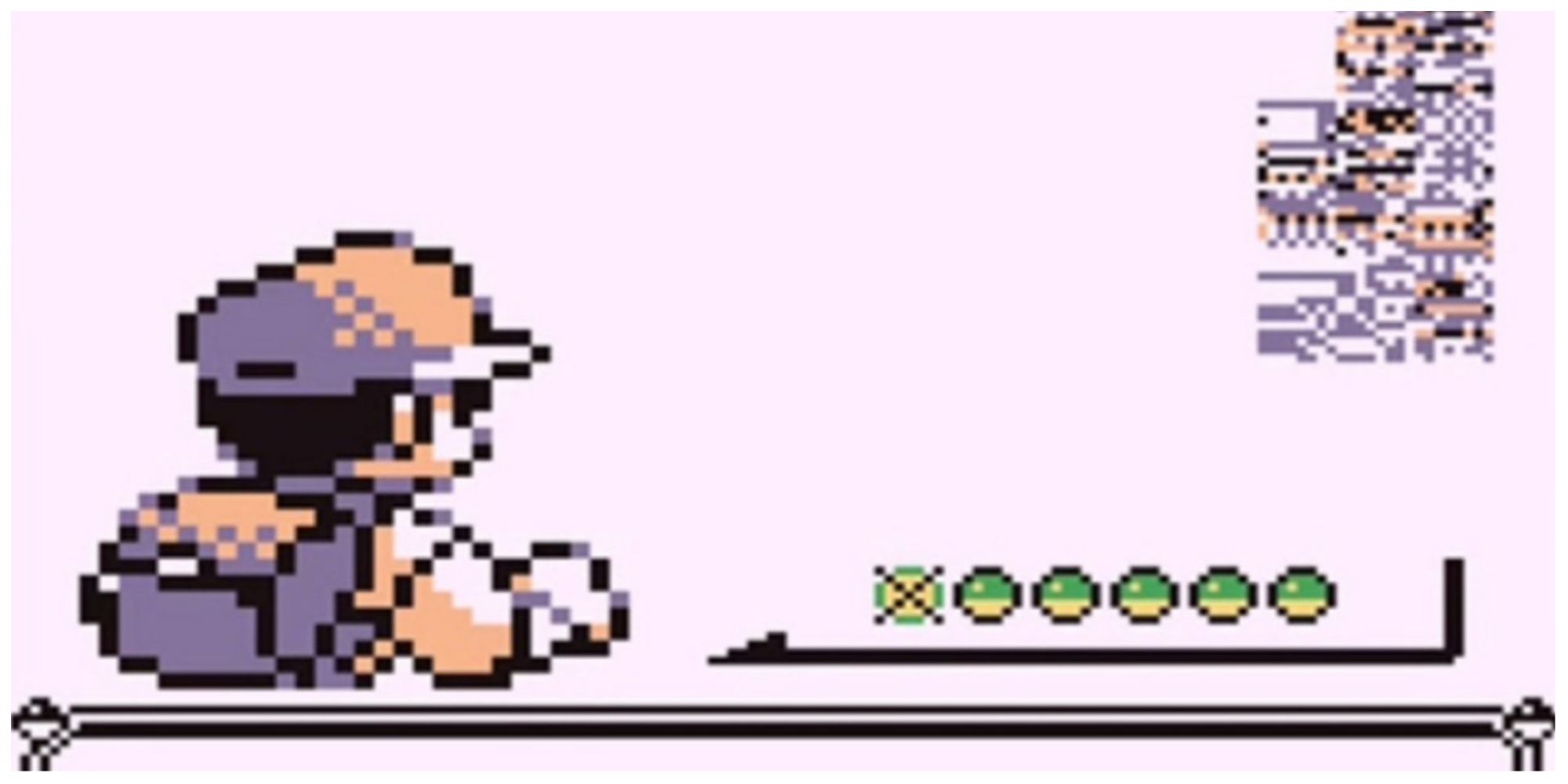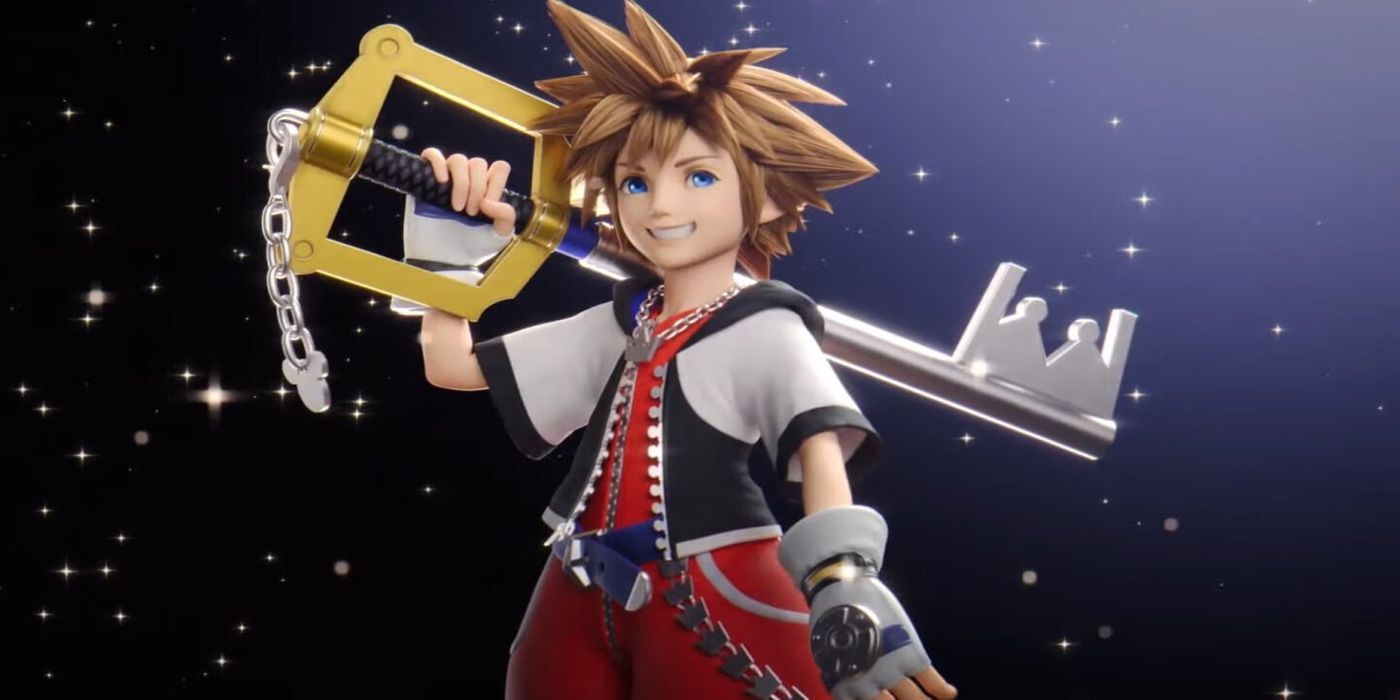There have been tens of thousands of Nintendo games made over nearly four decades, covering every genre imaginable. Nintendo has even created numerous brand-new genres in its creative efforts. And with game designs so varied, it's inevitable that Nintendo games end up breaking their own rules.
Whether narrative, gameplay, or expectation, Nintendo games have a habit of breaking their own rules. And whether these games are made by Capcom, Sega, indie studios, or Nintendo themselves, these games surprise and delight players. These games are some of the most imaginative works of fiction ever written, and accordingly, they’ve surprised their players.
10 Super Mario Bros. 2 Wasn’t Even A Super Mario Bros. Game
One of the most famous rule breaks in the history of video games was not an internally broken rule but an externally broken one. In 1988, Nintendo of America test guru Howard Phillips received in a package of new games for his review a copy of the Famicom Disk System game Super Mario Bros. 2.
To say Phillips disliked the game was an understatement. Phillips thought the difficult Super Mario 2 would threaten the fragile toehold of the NES in the slowly recovering American video game market. As a result, Nintendo chose to translate a game from an unrelated franchise, Yume Kojo: Doki Doki Panic, as the second Mario game, while developing the magnum opus of Mario on the NES, Super Mario Bros. 3.
9 Super Mario World Had A Second Goal After The First Goal
The Super Mario Bros. series has a history of tricky secrets and breaking its own rules. In the first Super Nintendo Mario game, Super Mario World, Nintendo breaks one of the most steadfast rules of the Mario series in Super Mario World, which is that the goal is the end of the stage.
However, in the Cheese Bridge Area, the second goal to go to the secret area is not before the primary goal, but after it. This design, along with the extra-hard Super Mario Bros. 2, was a primary inspiration for games like Kaizo Mario World, a ludicrously hard version of the classic Mario games.
8 Mega Man Almost Kills Doctor Wily In Mega Man 7
One of the most important rules for Mega Man is that Mega Man is a robot and follows the Three Laws of Robotics. As such, Mega Man is never allowed to kill a living creature, only robots. Even Doctor Wily, as horrible as he is, is not exempt from this merciful rule.
All that changes in Mega Man 7. In the North American version of Mega Man 7, the titular robot contemplates the death of his enemy. And to a great extent, it’s deserved, as Doctor Wily is a dangerous villain who has no visible qualms about harming or killing people himself. But it is one of the greatest rule breaks in the history of Nintendo.
7 Hyrule Warriors Changes The Genre
A spinoff of The Legend of Zelda that completely changed the genre of the game, Hyrule Warriors was a crossbreed of the Zelda series of action RPGs with the flashy dervish dance of death that is the Destiny Warriors series.
Hyrule Warriors, instead of the careful, open-world design of Legend of Zelda, is a game that pushes the Zelda series into a mission-based design. Breaking a further rule, it allows the player to use Princess Zelda as a playable character, bringing her out of the damsel mode that she is often trapped in.
6 Super Mario Bros. The Lost Levels Was So Hard It Inspired A Subgenre
The incredibly difficult Kaizo games were inspired by Super Mario Bros. The Lost Levels. By the standards of the time, The Lost Levels, or Super Mario Bros. 2 in Japan, was one of the hardest games ever written.
Super Mario Bros. 2 was designed to be an unprecedentedly hard level of Mario game design for players who had thoroughly mastered the first game. Released three years after Super Mario Bros. in Japan, this game was a true limit-breaker on the Famicom, so much so that it was actually released as a launch title for the Famicom Disk System.
5 Final Fantasy 6 Kills General Leo In Battle
In one of the iconic scenes of Final Fantasy VI, General Leo duels Kefka at the Battle of Thamasa. He is almost to the point of winning when Kefka reveals that Leo’s been fighting a shade of himself all along and strikes him down with a knife in the back.
While later in the game, there is the possibility to lose Shadow permanently if the party doesn’t wait for him on the crumbling ruin of the Floating Continent, Leo was killed by a mere stab in the back. In a world where Revivify and Fenix Downs are available virtually everywhere, General Leo’s final and fatal demise to a simple attack is a break of the game’s own rules.
4 The Super Mario Bros. Minus World Is Not Even Supposed To Be There
Minus World is one of the most famous glitches in video game history. With a very specific procedure to trigger the Minus World, it’s an underwater glitch world that can’t be escaped until Mario dies and loses all of his lives.
The difficulty of running this level, a repeat of World 7-2, is such that most players who accidentally reach the Minus World will lose quickly. But those who can endure take pride in lasting as long as they possibly can, and a whole subculture of game players revolving around endurance-running the Minus World has arisen around this phenomenon.
3 No More Heroes Openly Flaunts Its Own Narrative
First appearing on the Nintendo Wii, No More Heroes is a sarcastic, harsh take on video game genre standards that overtly flaunts the fact that a character who lives like a video game hero would necessarily be a murderous hobo. Loser protagonist Travis Touchdown buys a lightsaber from an online catalog and proceeds to become an assassin.
With a narrative that barely hangs together at its most coherent, No More Heroes is simply a joyous romp of murder. With characters who are able to give long-winded speeches while missing large portions of their torsos, the game’s narrative rules change on a whim.
2 Pokemon Red And Blue Had Missingno, A Glitch
Along with Mario's Minus World, MissingNo. is one of the most famous glitches in video games. There are famously 151 Pokémon in the Pokémon Generation I Pokédex. But it's possible, through some seemingly random interactions, to access a 152nd Pokemon: Pokemon #000, MissingNo.
MissingNo. exists because computer programmers use garbage data as a buffer between data and instructions. The programmers of Pokémon clearly never anticipated a situation where this garbage data could be accessed to create a new Pokémon, but it was, and the resultant creature is a strange mix of urban legend and actual glitch. MissingNo. itself also creates major glitches to happen in the game when it's captured and sometimes can crash the game outright.
1 Sora Never Appeared In A Nintendo Game Before Smash Bros.
The Super Smash Bros. series is famous for being Nintendo's crossover fighting game, bringing characters from every Nintendo franchise together. But one of the rules it has always followed is that the franchise has never introduced characters from franchises outside of Nintendo's gaming ecosystem. Even when Nintendo started adding characters like Sega's Sonic the Hedgehog to Smash Bros., it was only after many Sonic games had appeared on Nintendo platforms.
Sora, the protagonist of the Kingdom Hearts series, was the signal of this policy changing. While the Kingdom Hearts series finally appeared for the first time on Switch in 2022, the series itself had long been associated with Sony's PlayStation. This change was a break from Nintendo's classic rules about the Smash Bros. series, and with Sora as the final DLC character for the venerable Switch version of the game, he represented a drastic change for Nintendo.

